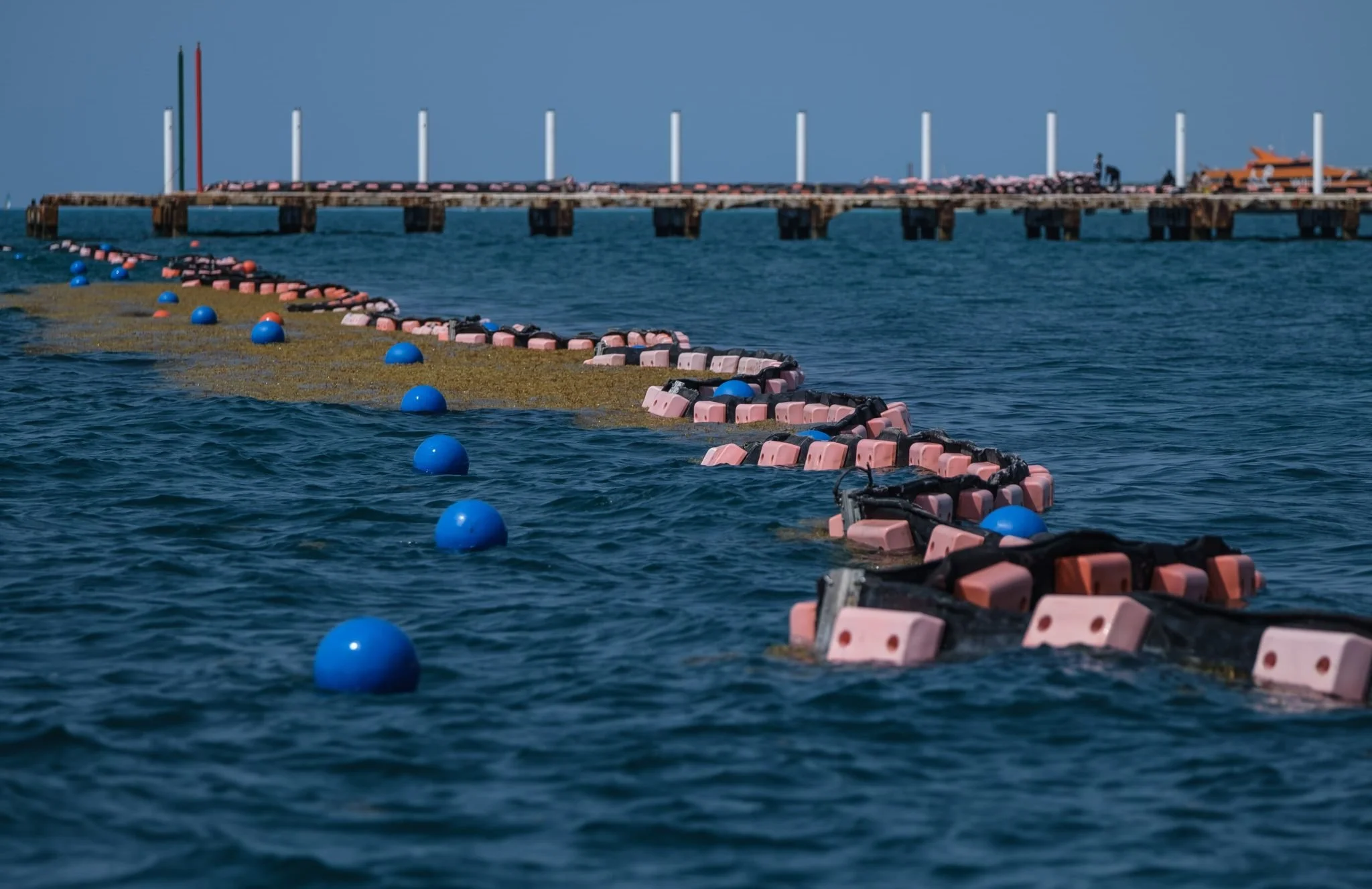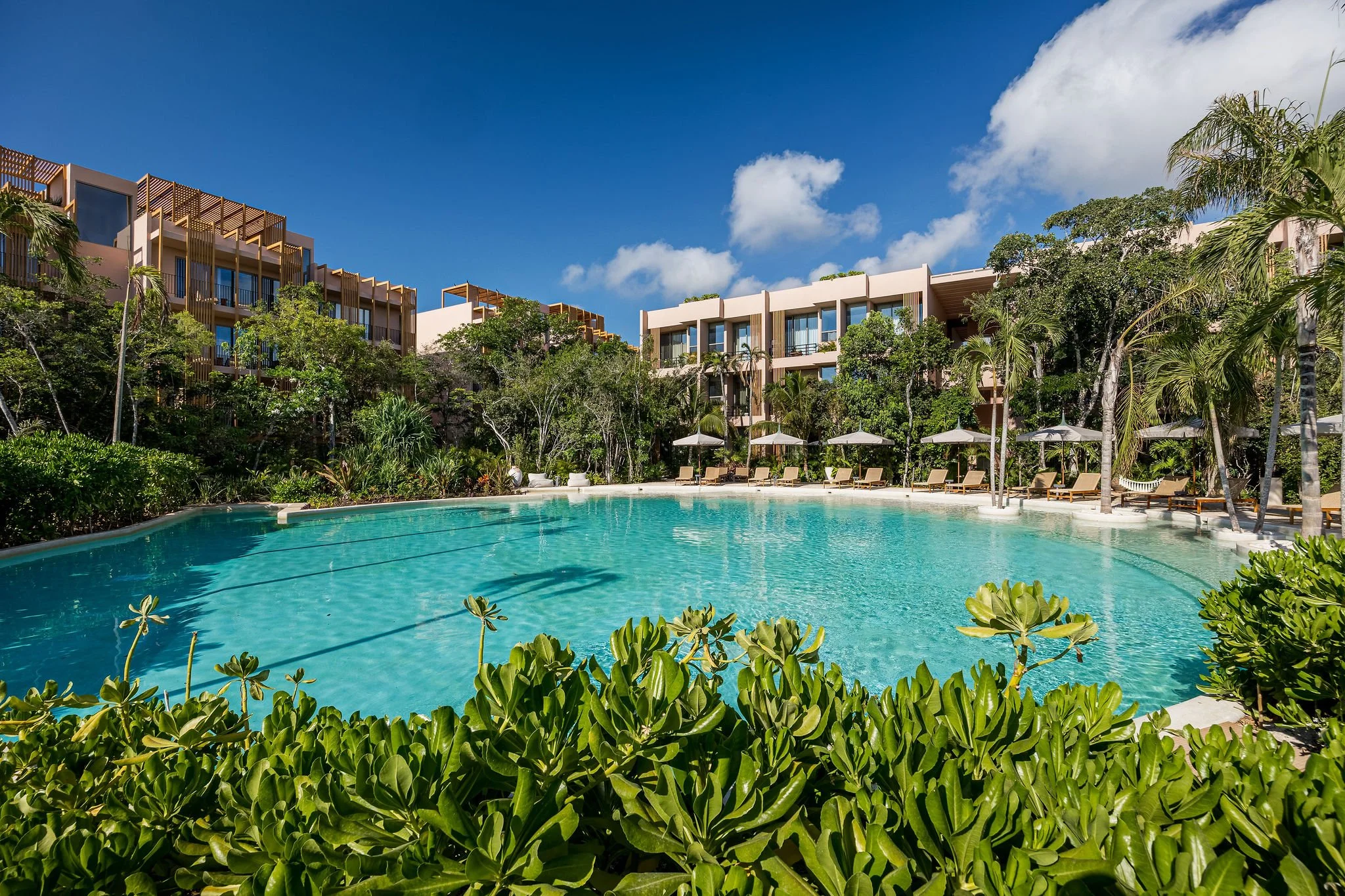The Resilient Riviera: Tulum's Innovative Approach to Sargassum and Pristine Beaches
Tulum, with its iconic white sands and turquoise waters, represents the idyllic Caribbean dream for countless travelers and investors. However, like many coastal destinations across the Atlantic, it has faced the increasing challenge of sargassum, a natural seaweed that, in excessive quantities, can impact the pristine beauty of its shores. Far from being defeated, Tulum and the broader Quintana Roo region are pioneering innovative solutions, transforming what was once a nuisance into a testament to resilience and sustainable ingenuity.
Confronting the Tide: Proactive Management and Prevention
The influx of sargassum, largely attributed to climate change and shifting ocean currents, is a complex global phenomenon. In Tulum, a multi-faceted approach is firmly in place to minimize its impact and maintain the allure of its renowned beaches.
Key strategies include:
Offshore Barriers and Collection: A critical line of defense involves deploying anti-sargassum barriers strategically offshore. These floating systems, often complemented by specialized collection boats operated by the Mexican Navy and private entities, intercept and divert the seaweed before it reaches the coastline. This prevents accumulation on the sand, reduces labor-intensive manual cleanups, and safeguards the delicate coastal ecosystems.
Real-time Monitoring and Forecasting: Advanced monitoring centers, like those in Quintana Roo, utilize satellite imagery and real-time data to track sargassum blooms and predict their arrival. This proactive intelligence allows for better allocation of resources and swifter response times, ensuring beaches can be cleared efficiently.
Dedicated Onshore Teams: Despite offshore efforts, some sargassum inevitably reaches the shore. Tulum's Federal Maritime Terrestrial Zone (ZOFEMAT) and local hotel associations deploy dedicated teams for daily beach cleanups. These efforts, often augmented by community volunteers, ensure that the beaches remain as clear and inviting as possible.
Sustainable Practices and Collaboration: There's a strong emphasis on collecting sargassum in a manner that minimizes environmental disruption, such as avoiding excessive sand removal. Collaboration between government bodies, hotel owners, and local communities underscores a shared commitment to preserving Tulum's natural beauty.
Beyond Disposal: Transforming Sargassum into Opportunity
Perhaps the most exciting development in sargassum management is the burgeoning circular economy around its innovative uses. What was once seen as waste is rapidly being transformed into valuable resources, showcasing Mexico's commitment to turning environmental challenges into economic opportunities:
Eco-Friendly Construction Materials: Pioneers like Omar Vázquez Sánchez have transformed collected sargassum into "SargaBlocks," sustainable bricks for construction. These eco-friendly building materials are being used in various projects, including affordable housing, and represent a significant step towards a greener construction industry.
Biofuels and Renewable Energy: Researchers and entrepreneurs are actively exploring sargassum's potential as a source for biogas and other biofuels. Projects are underway to build processing plants that could eventually power hotels and vehicles, offering a sustainable alternative to traditional fossil fuels and reducing the region's carbon footprint.
Biofertilizers and Agricultural Enhancements: Rich in essential nutrients like nitrogen, phosphorus, and potassium, sargassum is being repurposed into high-quality biofertilizers and compost for agricultural use. This not only diverts waste from landfills but also provides a natural and effective boost for local farming.
Innovative Consumer Products: The versatility of sargassum extends to a surprising array of consumer goods. Companies are experimenting with it to create biodegradable packaging, artisanal paper, and even vegan leather, demonstrating its potential as a sustainable raw material for various industries.
Aflora Tulum: Embodying Resilience and Sustainability
In this evolving landscape, Aflora Tulum stands as a testament to thoughtful development that actively embraces and adapts to the local environment. Strategically located in the heart of Tulum, Aflora benefits directly from the region's robust sargassum management strategies.
For residents and investors at Aflora, this means:
Protected Beach Experiences: While Aflora itself is not beachfront, its residents benefit from the collective and proactive efforts to keep Tulum's public beaches and the nearby Hotel Zone's shores pristine. Access to clean, well-managed beaches remains a key amenity of the Tulum lifestyle.
Investment in a Resilient Destination: Tulum's proactive approach to sargassum, coupled with its innovative solutions for repurposing the seaweed, signals a destination committed to long-term sustainability. This commitment enhances its appeal to conscious travelers and investors who seek robust and responsible growth.
A Focus on Inland Beauty and Wellness: Aflora's design, emphasizing lush green spaces, serene lagoons, and wellness-oriented amenities, provides a perfect sanctuary regardless of coastal conditions. It champions the holistic Tulum experience, where the beauty of the jungle and the tranquility of its natural pools and cenotes offer a perfect alternative or complement to beach days.
A Future Built on Adaptation
Tulum's journey with sargassum is a powerful narrative of adaptation and ingenuity. By investing in robust prevention, innovative repurposing, and a strong collaborative spirit, the region is not just managing a challenge; it is redefining what it means to be a sustainable and resilient destination. For those looking to invest in a place that actively shapes its own future, Tulum, and developments like Aflora, offer a compelling vision of paradise preserved and enhanced.



